Enhancing recovery of valuable minerals from low-grade ores and tailings using the reflux classifier concentrator
The mining industry faces a challenge of diminishing ore grades, coupled with an escalating demand for metals, leading to the requirement of processing lower-grade ores and tailings.
However, this endeavor encounters economic and spatial limitations with conventional methods. This article introduces the Reflux Classifier Concentrator (RCC), an innovative refinement of the Reflux Classifier (RC) technology. By capitalising on the already proven RC technology, the RCC achieves heightened efficiency in recovering valuable minerals from low-grade resources. Key design enhancements include a reduced mixing chamber area and the integration of secondary fluidisation water, facilitating significantly improved upgrade ratios and bed formation speeds. Experimental validation showcases the RCC's exceptional ability to enhance mineral concentrations in low-grade feed samples, with a particularly significant impact on upgrade ratios for tantalum and tin. As the mining industry seeks sustainable solutions amidst declining ore quality and increasing metal demands, the RCC emerges as a promising technology with the potential to improve economic feasibility of low-grade feed projects.
Background and context
Processing low-grade minerals poses significant economic challenges as extensive concentrate upgrades are required to make saleable products, and high throughputs are required to produce reasonable product tonnages. The processing of these low-grade streams often required multi-stage separation involving spirals or shaking tables, demanding substantial floor space and, at times, proving uneconomical. Spirals often require taller structures due to the number of stages required, while shaking tables require extensive concrete foundations, incurring substantial capital outlay.
As feed grade trend downward and high-grade ore deposits are depleting, the mining sector will eventually have to consider lower-grade reserves, highlighting the vital role of enhanced processing techniques to improve the economics around processing low-grade feed material. To address this challenge, the Reflux Classifier Concentrator (RCC) was prototyped as a refined iteration of the established Reflux Classifier (RC) technology, with design enhancements to augment efficiency in recuperating valuable minerals from low-grade sources at high upgrade ratios. Among these adaptations are the reduced mixing chamber area and the integration of secondary fluidisation water. A distinctive feature of the RCC design involves a split fluidisation water system, introducing water both above and below the bed. Notably, the introduction of secondary fluidisation water just above the bed augments upward flux without disturbing the bed, effecting the removal of lightweight gangue particles before their entry into the bed as seen in the schematic below.
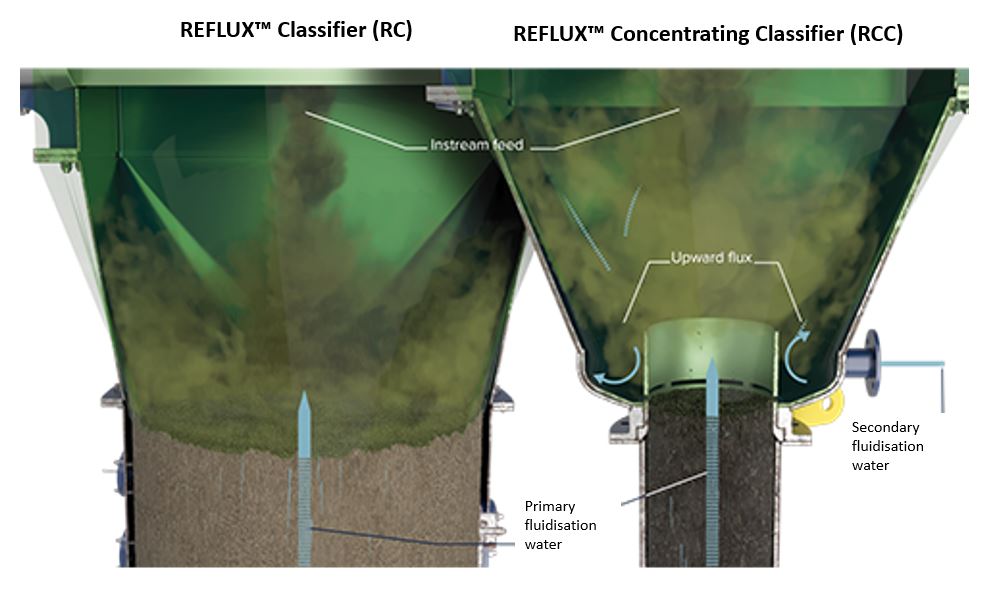
Figure 1. Secondary fluidisation water close up.
This design feature increases the selectivity of particles that form the part of the bed, resulting in a higher quality, more dense bed. By minimising the mixing chamber area in the RCC, the rate at which the bed builds can be significantly improved, making the bed less sensitive to control challenges. The cross-sectional area of the bed is directly proportional to the time taken to build the bed, and the sensitivity of the bed to underflow valve adjustments. These two distinct changes make the RCC far better suited in principle to operate with low-grade ores. This paper aims to benchmark the RCC against the RC to determine its efficacy in treating low-grade ores.
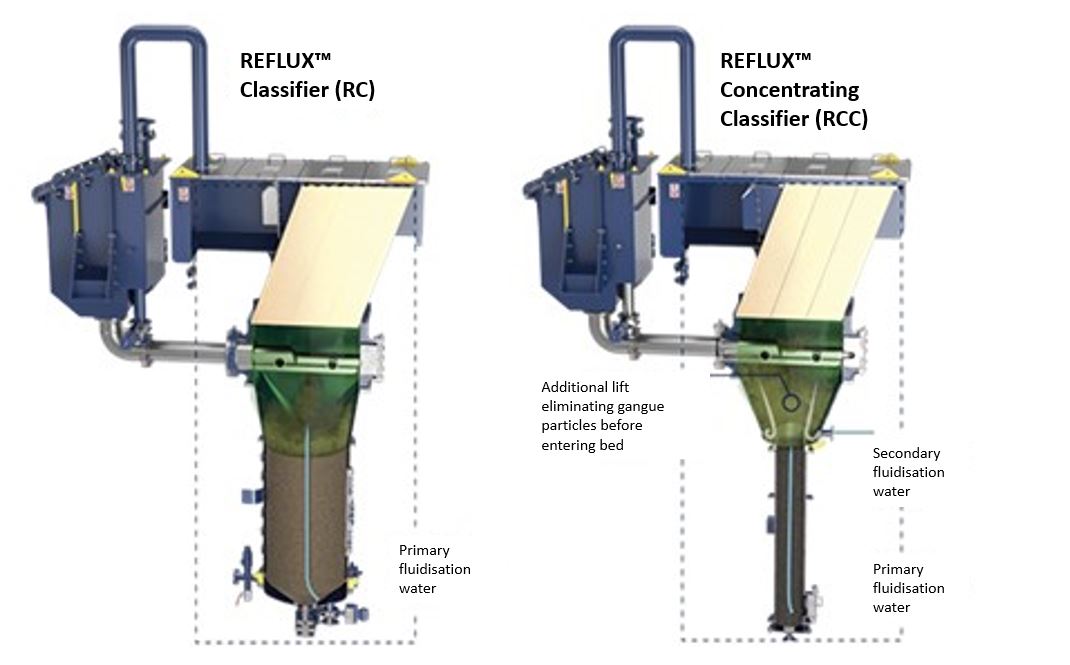
Figure 2. Design differences between the RC and RCC.
Methodology
Recognising the RC as a viable benchmark against which to evaluate the RCC, a comparative experimental approach was undertaken, employing identical low-grade feed for both the RC and RCC assessments. Multiple runs were performed on a continuous basis. When steady state conditions were met samples of the feed, underflow and overflow were collected. Each sample underwent size-by-assay analysis to quantify overall performance and enable a direct comparison. Additionally, microscopy analysis was conducted to facilitate qualitative assessments. Multiple runs on each machine were completed to optimise each; thereafter the best for each was nominated and compared.
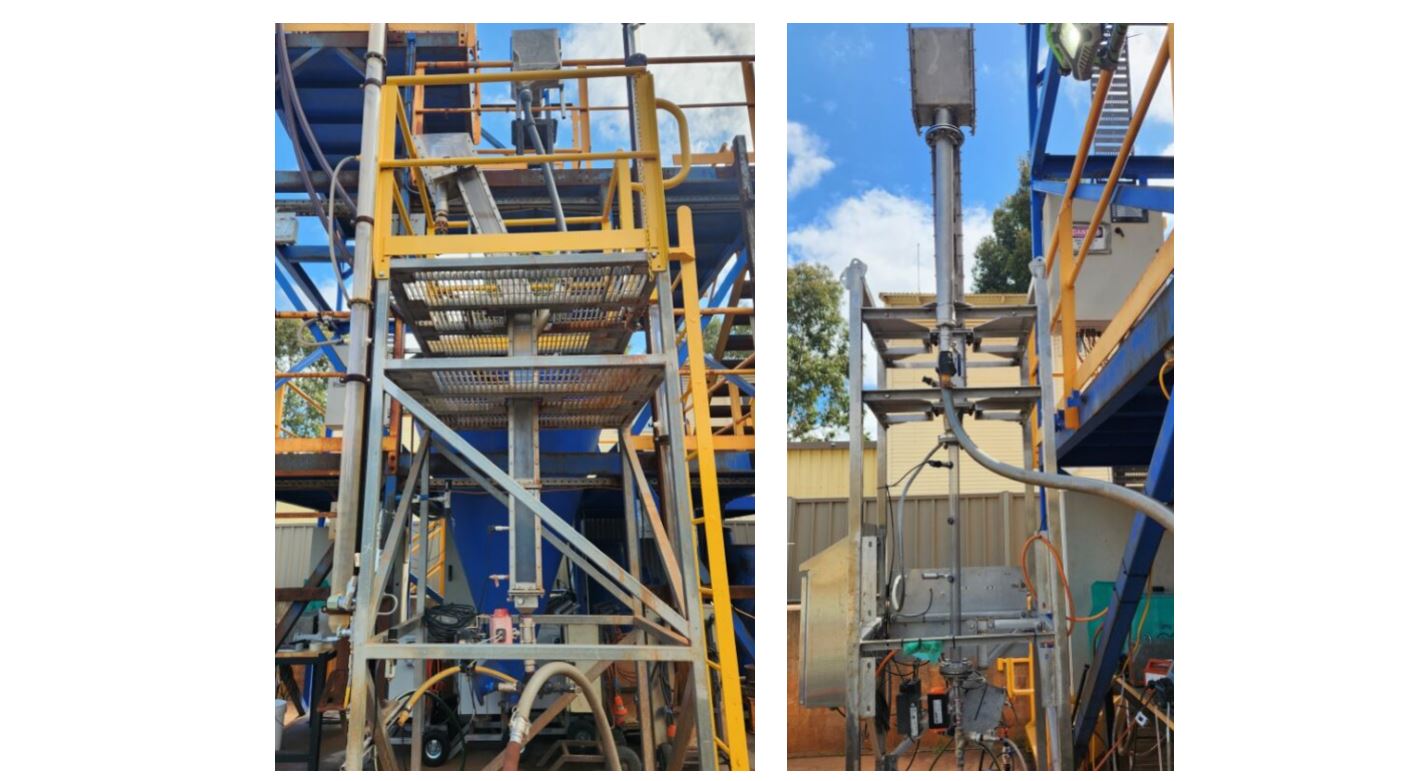
Figure 3. Photograph showing the RC and RCC units used in this experiment.
Feed sample
The sample used in the experiment was sourced from an Australian tin producer's tailings stream. This sample was specifically chosen as it had low concentrations of valuable minerals, namely 1.33 per cent for Tin and 0.59 per cent for Tantalum. The majority of the minerals in the sample were found to be distributed in the -0.106mm to 0.038mm range, which is relatively fine and can present a challenge for density-based beneficiation methods generally.
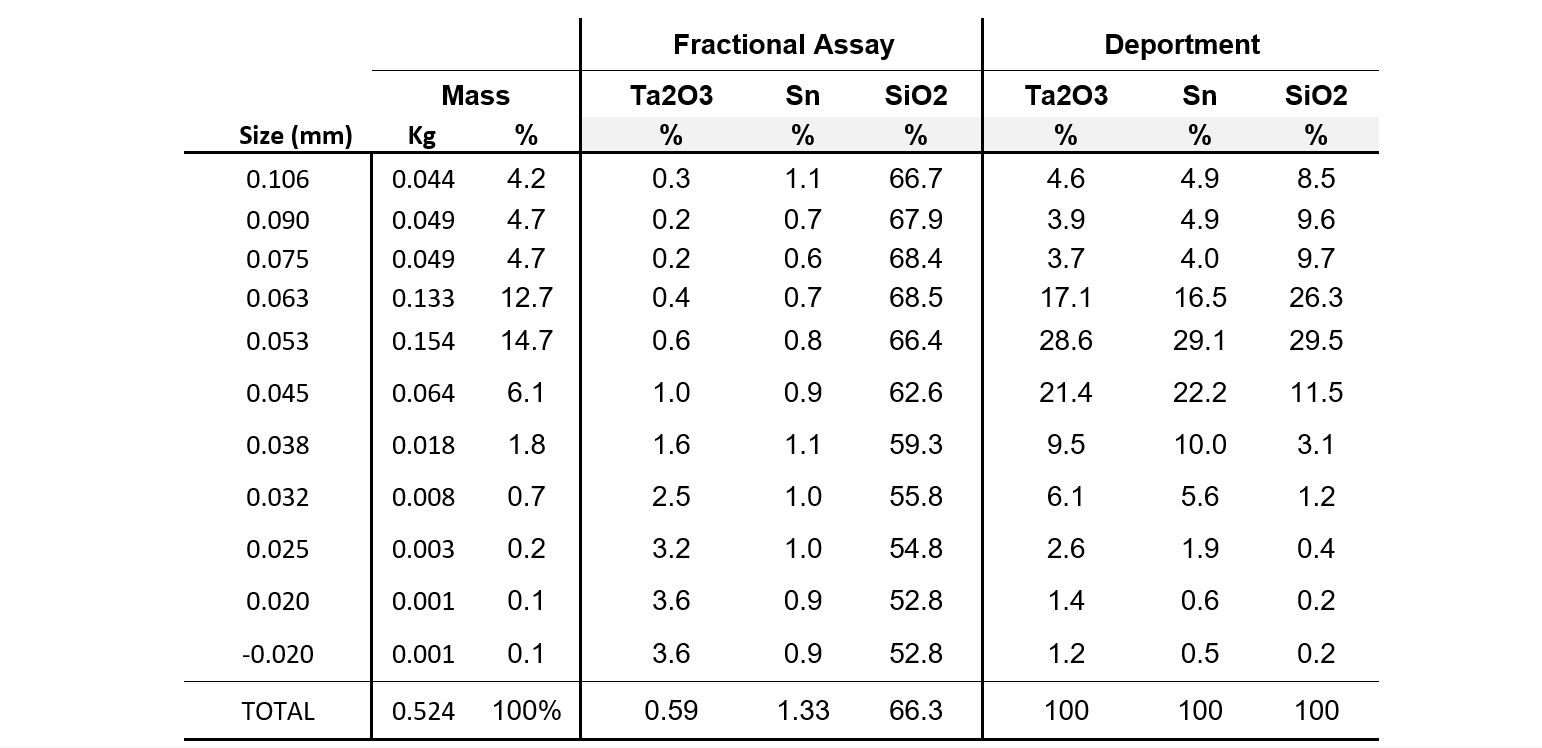
Table 1. Feed Sample Size-by-Assay.
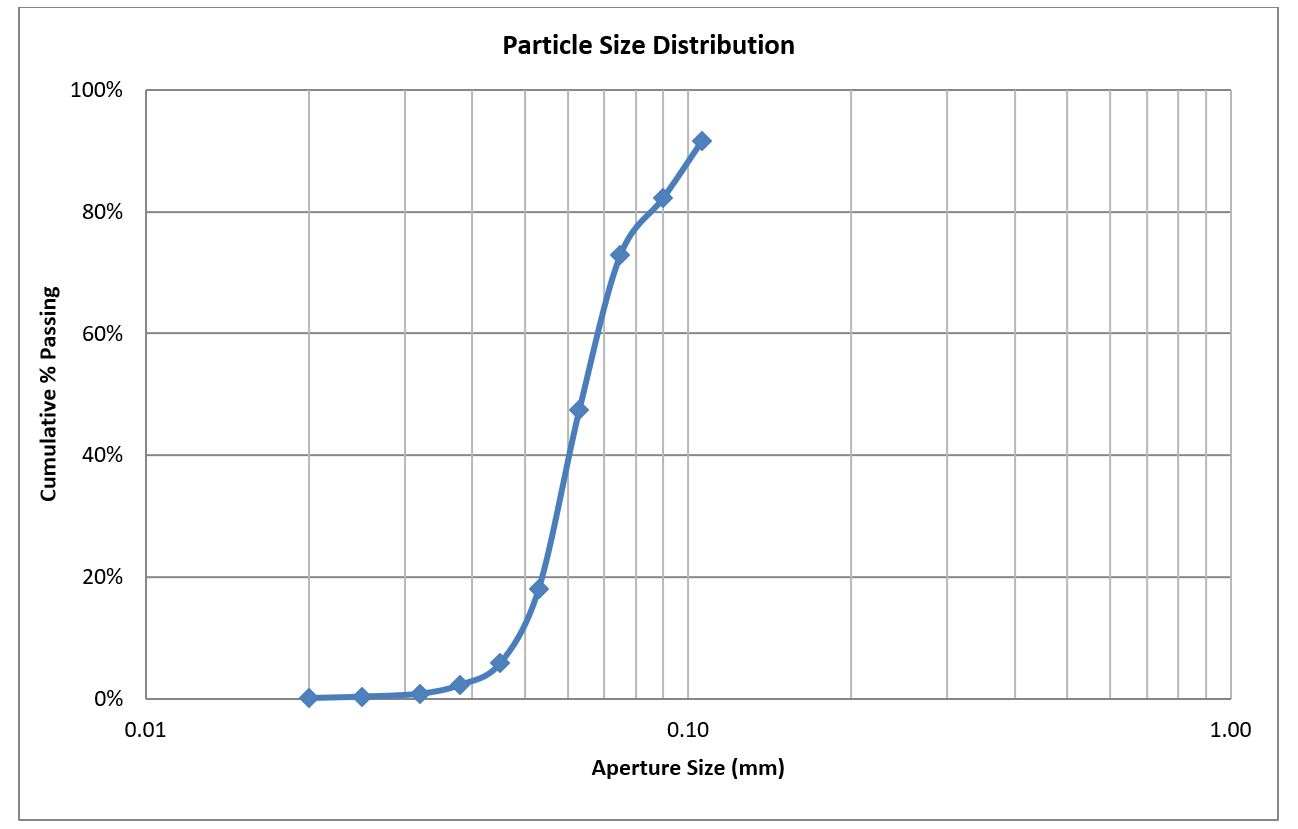
Figure 4. Particle Size Distribution of Feed used in tests.
Results and discussion
The initial tests were carried out in the Reflux Classifier (RC) to establish a baseline. As anticipated, a prolonged bed building period was required due to the low mineral concentration within the feed. An additional observation highlighted the bed's initial brown hue, akin to the color of gangue particles, which eventually transitioned to a darker shade over time. This may be a sign of coarse gangue particles forming part of the bed, and over time elutriating out of the bed as more dense material are introduced and replaces the gangue from the bed. Once steady state was achieved, samples were collected to analyze of the feed, underflow and overflow.
While the results demonstrated impressive outcomes once steady state was achieved, a set of operational challenges were observed. Notably, the extended time required for the machine to reach steady state which is attributed to the high percentage of feed which is immediately eliminated to the overflow which was approximately 94.7 per cent of the feed, with merely 5.3 per cent of the material contributing to the bed formation and, subsequently, transitioning to the underflow.
The analysis of these results unveiled substantial upgrades in both tin and tantalum concentrations, magnifying them by factors of 14.5 times and 16.5 times, respectively. These upgrades were achieved alongside consistently robust recoveries of 77.7 per cent for tin and 88.1 per cent for tantalum all whilst rejecting 98.8% of the SiO2 gangue to the overflow.

Table 2. Results obtained using the RC.

Figure 5. Microscopy of the feed, underflow and overflow samples from the RC run.
The RCC tests were fed using similar throughputs rates as those used in the RC test. The machine was optimised, aiming to achieve similar recovery rates as achieved with the RC, ensuring a basis for meaningful comparisons. In terms of operations, noticeable differences were observed, with the bed forming considerably faster. Notably, the bed exhibited a significantly darker appearance compared to the RC run. This phenomenon is attributed to the secondary fluidisation water, generating upward flux that effectively prevents gangue material from infiltrating the bed. With the mixing chamber's cross-sectional area approximately six times smaller than that of the RC, the bed-building time was notably reduced, allowing for a quicker attainment of steady state conditions.
The achieved results surpassed those of the RC experiment, with the upgrade ratios nearly doubling. Specifically, tantalum demonstrated an upgrade ratio improvement of 27.6 times, while tin exhibited a increase of 31.6 times. These improvements were accomplished alongside the rejection of 99.9 per cent of gangue material present in the feed.

Table 3. Results obtained using the RCC.

Figure 6. Microscopy of the feed, underflow and overflow samples from the RCC run.
The direct comparison of the RC and RCC underflow, as presented in Table 4 and illustrated in Figure 7, highlights the substantial performance enhancements achieved by the RCC over the RC. Notably, the upgrade ratio experienced nearly a twofold increase for both tantalum and tin. This can be attributed to the dual effects of the reduced cross-sectional area of the mixing chamber and the implementation of secondary fluidisation water. The combination of these factors prevents entry of gangue into the bed, primarily due to the upward forces exerted by the fluidisation water and the constrained bed space available.

Table 4. Direct comparison of the RC and RCC upgrade Ratios.
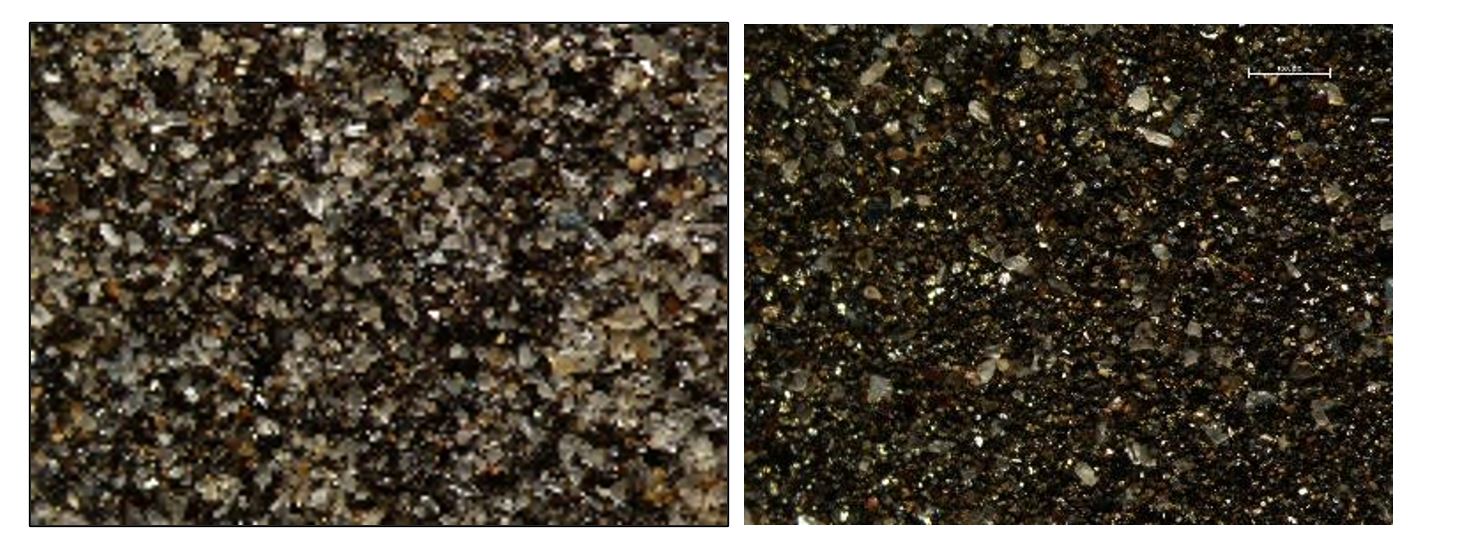
Figure 7 – Microscopy of RC and RCC underflow.
Conclusions
Based on the results, it can be concluded that both the RC and RCC are highly effective in upgrading the concentration of valuable minerals in low-grade feed samples. The RCC achieved significantly better results than the RC, nearly doubling the upgrade ratios while maintaining high recovery rates. It was also demonstrated that the RCC overcomes practical operational challenges the RC faces when building a bed. Overall, the results suggest that the modifications made to the RC in the form of the RCC have the potential to significantly improve the efficiency and cost-effectiveness of processing low-grade ores.
Acknowledgement
The author would like to acknowledge the Nagrom team for their diligent execution of experiments involving both the RC and RCC. Additionally, special appreciation is directed towards David Starr and Taavi Orupold for their contributions to the product development endeavors related to the RCC at FLSmidth.
Please note: Bulletin articles are general in nature and not peer reviewed.